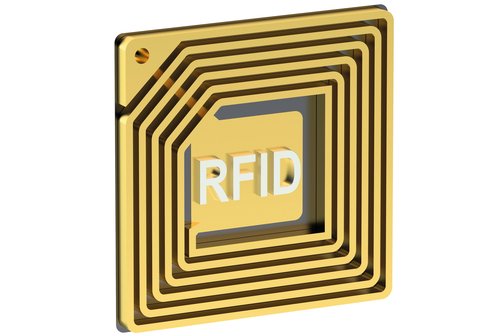Results: Recyclability of active and intelligent packagings
Project closure together with stakeholders in the manufacturing and disposal industry
Apart from environmental-based balancing of packaging, the focus was also on dialogue with stakeholders in the manufacturing and disposal industry. On 26 October 2016, the most important results were presented to around 50 participants in the federal press office ("Bundespresseamt" - Berlin).
Active and intelligent components
By using active and intelligent components, packagings are equipped with properties which extend beyond conventional packaging functions. For example, active components protect the product from deterioration and indicator labels are intended to indicate the condition of products. RFID tags are used as anti-theft protection and information carriers.
Recyclability and recycling yield
The use of additives, blends, multilayers, packaging inserts/enclosures and RFID tags can lead to challenges when it comes to sorting and recycling active/intelligent packagings. Apart from negative effects on the recyclability of these packagings themselves, an increase in complex designed packagings also impairs the recycling yields and the quality of the recyclates of existing material flows. For example, the use of barrier materials such as polyamide in colourless PET bottles already causes problems with recycling. Such bottles, even as small fractions of the total flow of clear PET bottles, can worsen the quality of the recycling product generated, e.g. through yellow colouring, to such an extent that it can no longer be reused to produce clear bottles.
Together with stakeholders involved in the life of packaging, central reference points and action options for securing high-quality recovery of packaging waste were drawn up, which address different areas (e.g. formation of awareness/communication throughout the packaging's entire life; further tests/research; consideration of recyclability in the setting of the participation charges for dual systems).
All the project results will be available promptly under: www.umweltbundesamt.de/publikationen
![[Translate to Englisch:] Placeholder](/fileadmin/_processed_/f/4/csm_Header_Presse_d565a61df7.jpg)
